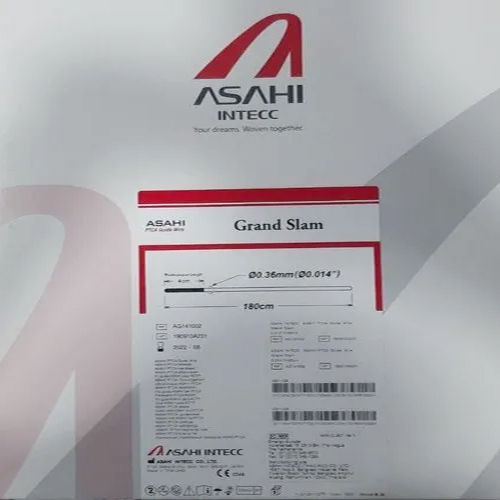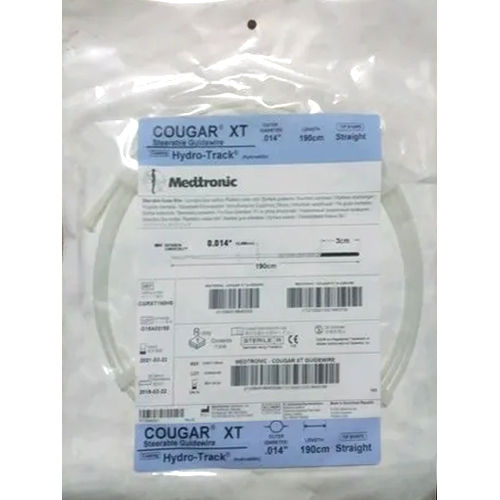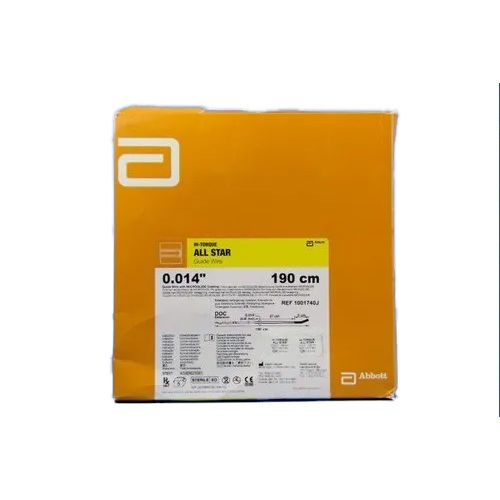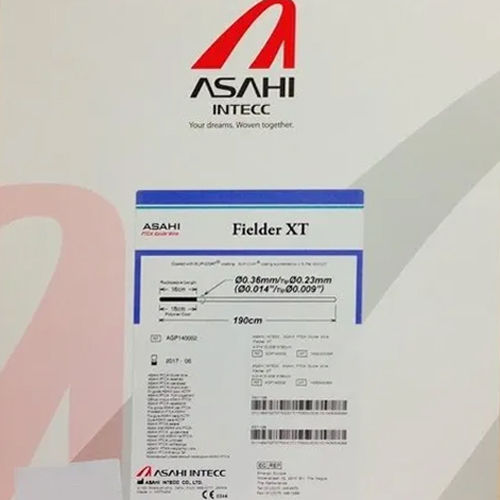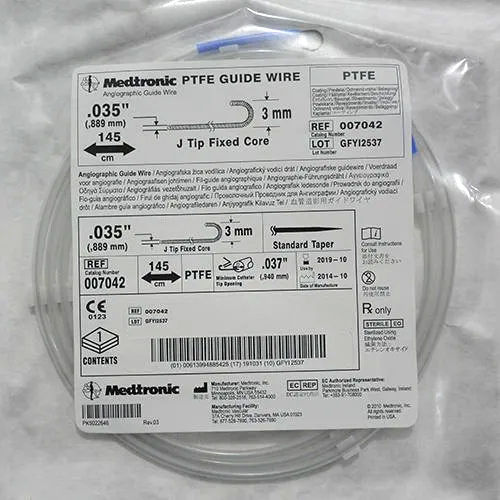Asahi Grand Slam Guide Wire
Product Details:
Asahi Grand Slam Guide Wire Price And Quantity
- 50 Piece
- 3750 INR/Piece
Asahi Grand Slam Guide Wire Trade Information
- 10000 Piece Per Week
- 4 Days
- Asia Australia Central America North America South America Eastern Europe Western Europe Middle East Africa
- All India
Product Description
A guide wire is a thin, flexible wire that is used in a variety of medical procedures, including interventional radiology and minimally invasive surgery. It is made to be placed into the body to aid in the positioning of other medical tools like catheters, stents, or endoscopes.
Stainless steel or a similar material that offers strength and flexibility is often used to make the guide wire. It can be inserted more easily into blood vessels, ducts, or other anatomical structures because of its tapered or rounded tip. The process and the particular application will determine the wire's diameter.
Product details
|
Diameter |
0.35 mm |
|
Radiopaque Length |
4 cm |
|
Length |
180 cm |
|
Brand |
Asahi |
|
Material |
PTCA |
|
Model Name/Number |
Grand Slam |
|
Automation Grade |
Manual |
|
Packaging Type |
Packet |
|
Usage/Application |
Hospital,Clinic |
Frequently Asked Questions
Q: Describe an asahi grand slam guiding wire?
A: An asahi grand slamguide wire is a medical tool used for a variety of treatments, including angioplasty, catheterization, and surgery. It is a long, thin, flexible wire with a rounded or tapered tip that is made of stainless steel or another material. Guide wires are intended to assist in guiding and navigating other medical devices through blood vessels or other anatomical channels, such as catheters.
Q: How are asahi grand slam guide wires employed?
A: Typically, an asahi grand slamguide wire is introduced into a blood vessel through a tiny puncture or incision. Then, using fluoroscopy or other imaging methods, it is advanced into the vessel until it reaches the appropriate place. Other medical devices, such as catheters or stents, can be advanced over the guide wire to the target location once it is appropriately positioned.
Q: Asahi Grand Slam Guide wires: can they be reused?
A: Guide wires are typically throwaway and only meant to be used once. By doing this, the chance of contamination and infection is reduced. The guide wire is normally removed as medical waste following each treatment.
Q: What kinds of asahi grand slam guide wires are there?
A: A variety of guide wire types are available to accommodate various medical operations and anatomical circumstances. Typical types include:
- Standard guide wires: The most fundamental kind, these wires have a single solid core and a tapered or rounded tip.
- Guide wires with a hydrophilic coating that becomes slick when in contact with moisture are designed to make it easier to manoeuvre through blood vessels.

